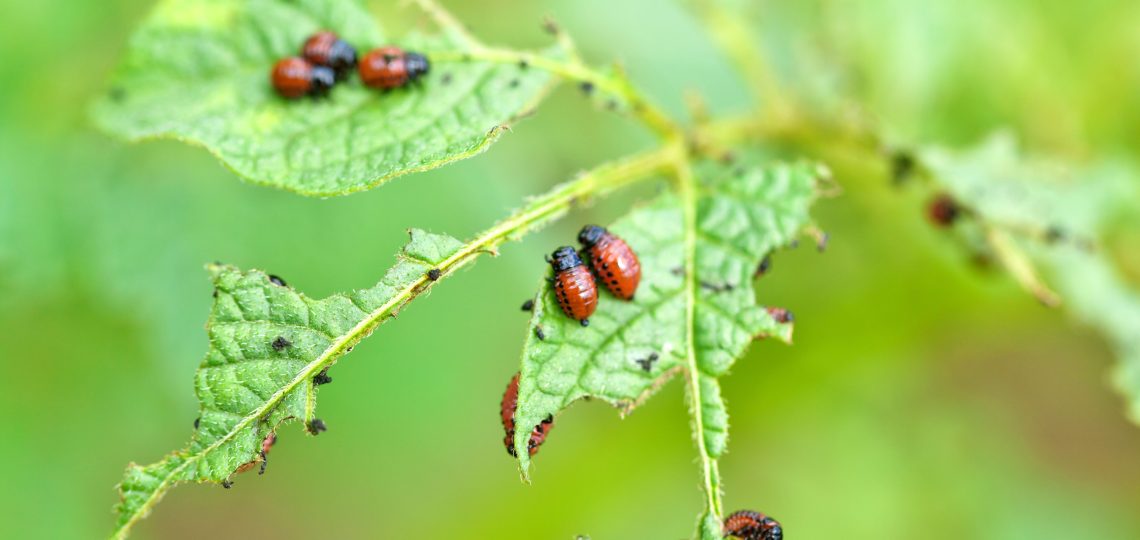
Effective Strategies for Preventing Pests and Weeds
Welcome, fellow garden enthusiasts! In the tranquil realm of gardening, nothing disrupts the harmony more than pesky pests and invasive weeds. But fear not, for armed with knowledge and a few strategic tactics, you can safeguard your garden’s health and vitality. In this guide, we’ll delve into the art of pest and weed prevention, empowering you to cultivate a thriving oasis of greenery.
Understanding the Enemy: Pests and Weeds

Before we dive into prevention methods, let’s familiarize ourselves with the adversaries we face.
Pests: From voracious insects to cunning critters, pests come in various forms, each with its own appetite for destruction. They can ravage crops, devour leaves, and spread diseases, posing a significant threat to your garden’s productivity.
Weeds: Nature’s opportunists, weeds are relentless invaders that compete with your beloved plants for space, water, and nutrients. Left unchecked, they can choke out your crops and disrupt the balance of your garden ecosystem.
Now that we know our foes, let’s explore strategies to keep them at bay!
Cultivate Healthy Soil

Healthy soil is the cornerstone of a resilient garden ecosystem. By enriching your soil with organic matter, compost, and beneficial microorganisms, you create an environment where plants can thrive and pests struggle to gain a foothold. Aim for a diverse array of plants to promote biodiversity, which naturally deters pests and weeds.
Practice Crop Rotation
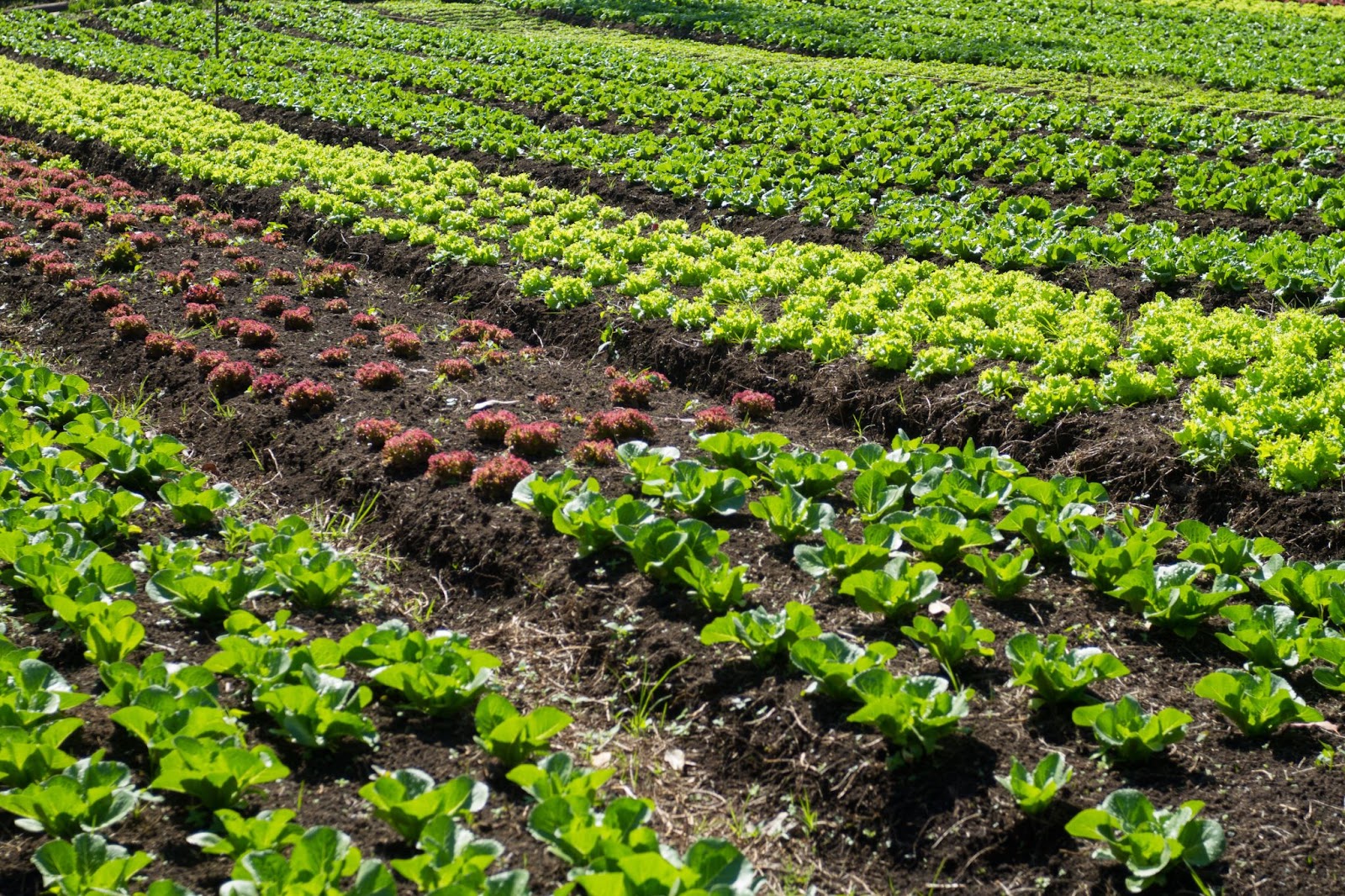
Rotate your crops each season to prevent the buildup of pests and diseases in the soil. Different plants have different nutrient needs, and rotating crops helps maintain soil fertility while reducing the risk of pest infestations. Plus, it confuses pests that have become accustomed to a particular crop’s presence.
Implement Companion Planting
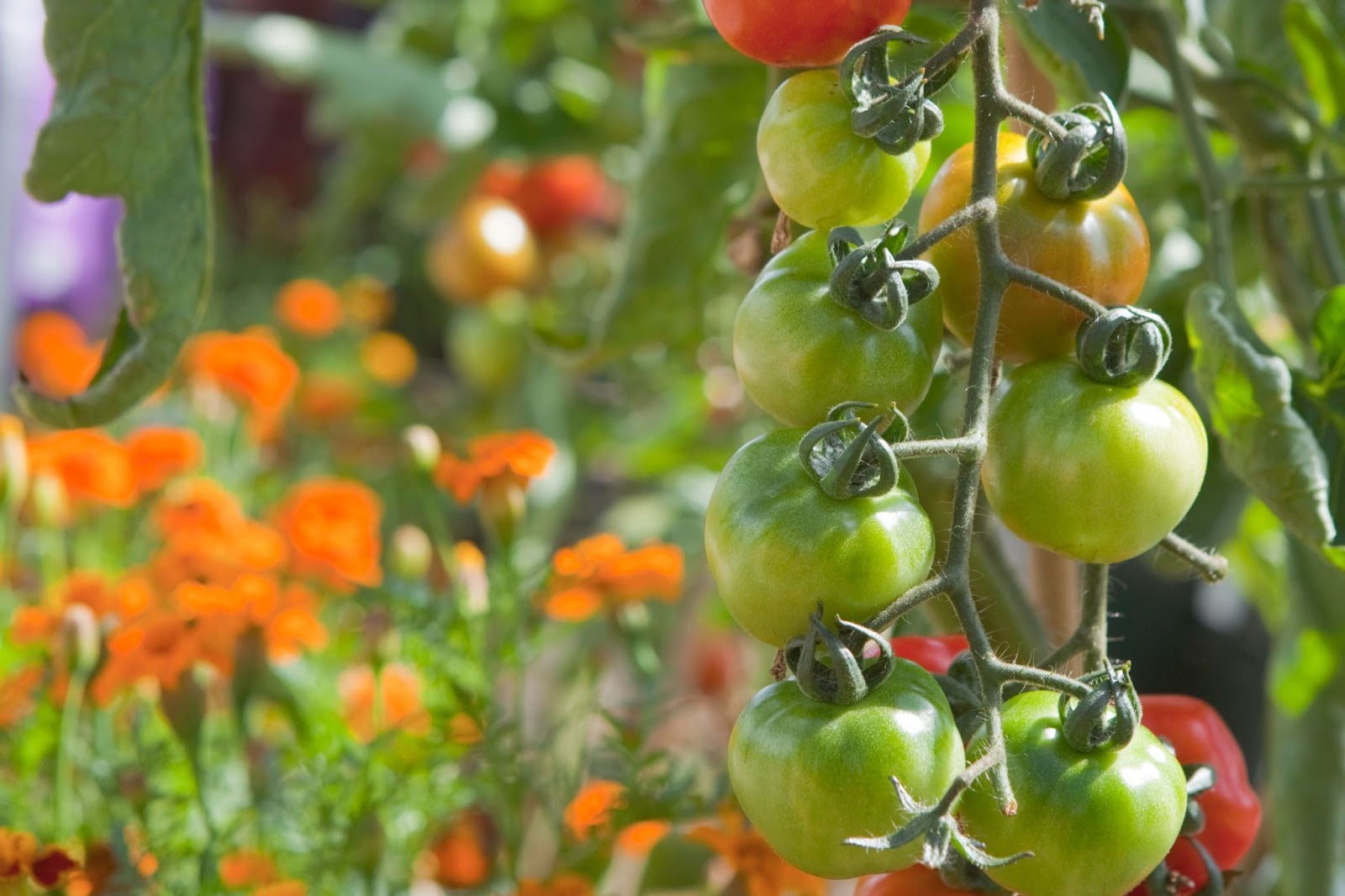
Companion planting involves strategically placing plants that benefit each other when grown together. Some plants emit odors or chemicals that repel pests, while others attract beneficial insects that prey on garden pests. For example, planting marigolds alongside tomatoes can deter nematodes, while attracting pollinators like bees.
Mulch, Mulch, Mulch
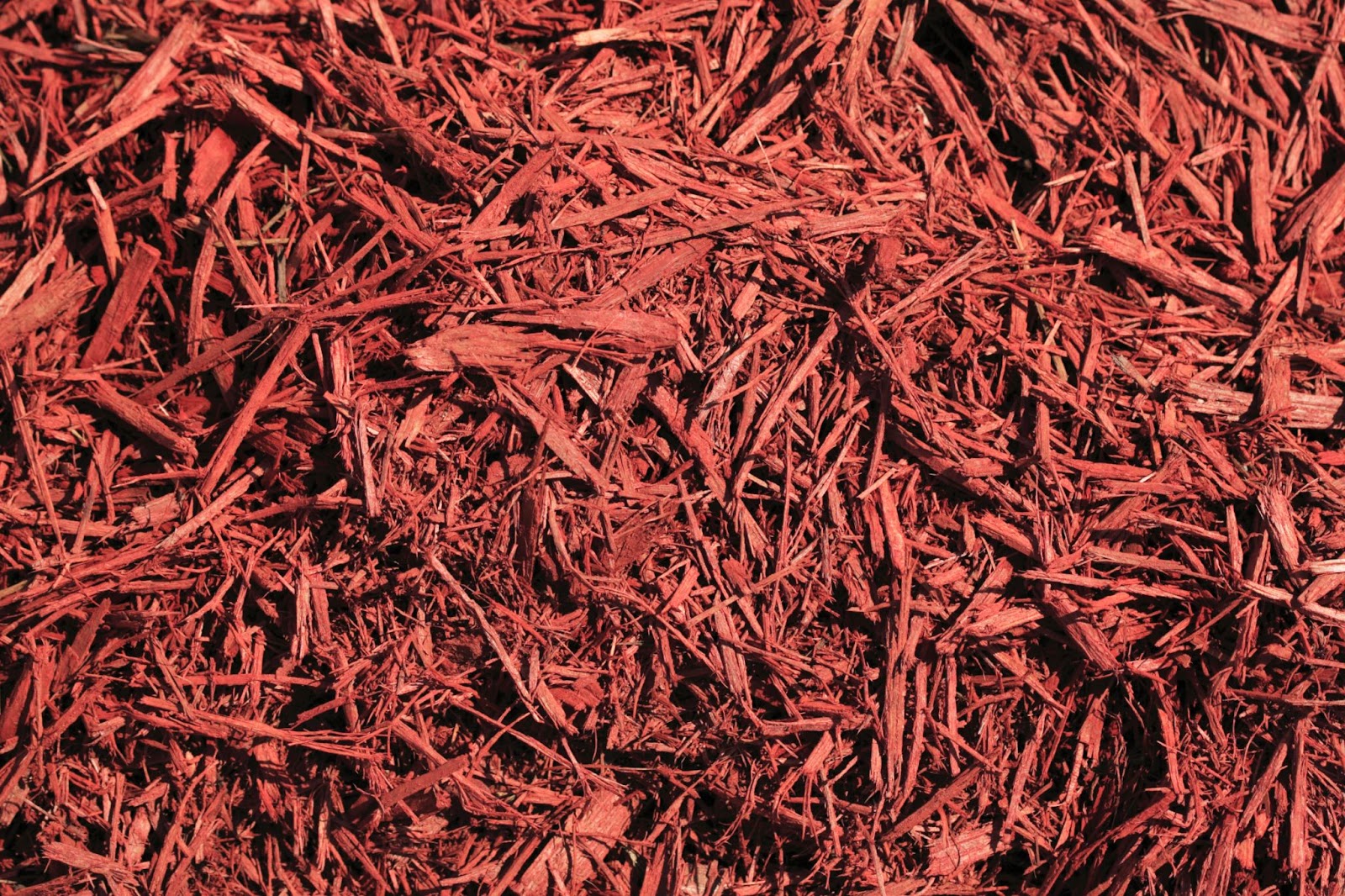
Mulching not only conserves moisture and suppresses weeds but also creates a barrier that makes it harder for pests to reach your plants. Organic mulches like straw, wood chips, or shredded leaves provide additional nutrients as they decompose, improving soil health in the process.
Deploy Natural Predators

Encourage natural predators like ladybugs, lacewings, and birds to take up residence in your garden. These voracious insectivores feast on common pests like aphids, caterpillars, and slugs, keeping their populations in check without the need for harmful pesticides.
Practice Vigilance
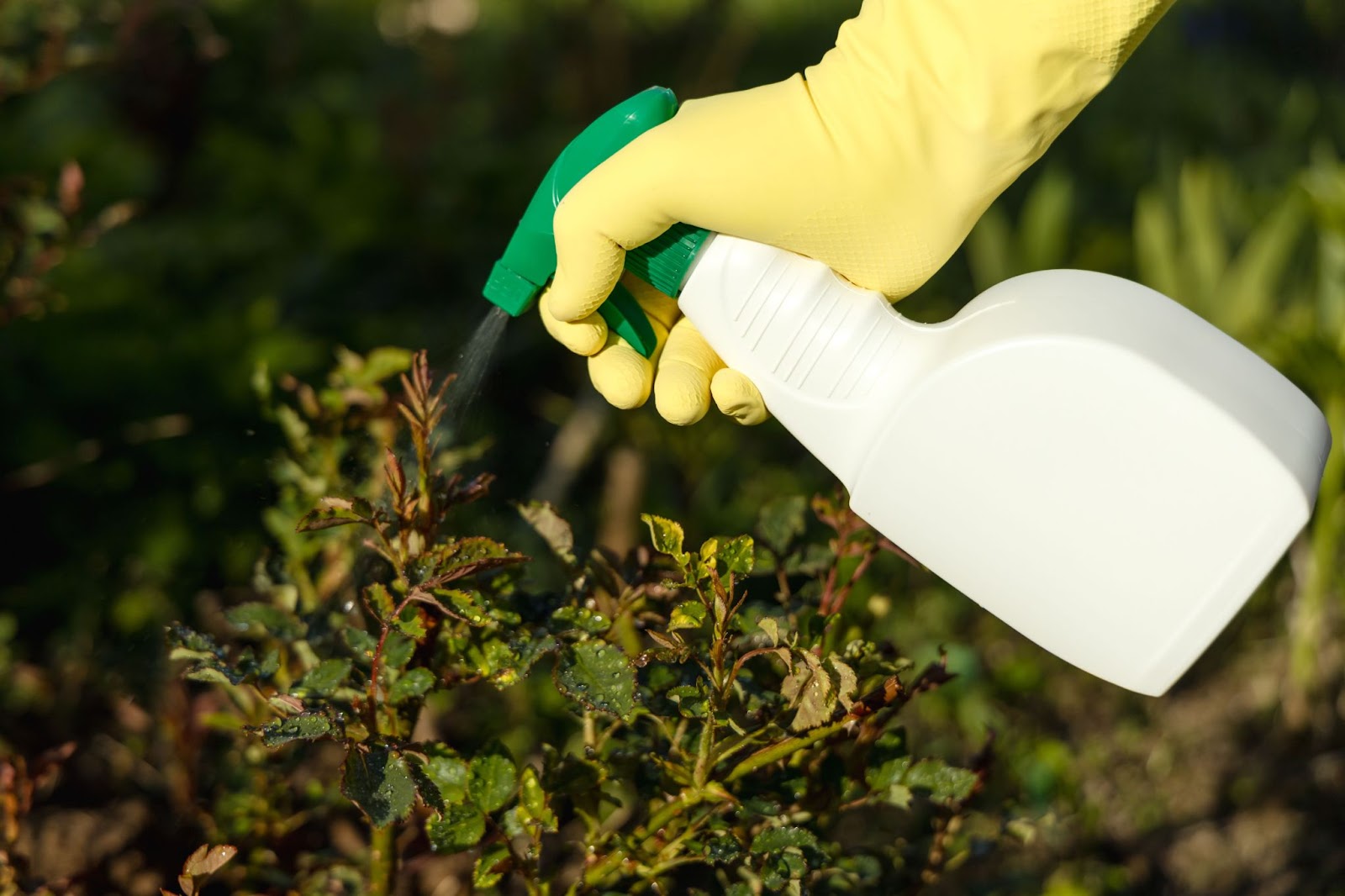
Regularly inspect your garden for signs of pest or weed infestations. Early detection allows for prompt intervention, whether it’s handpicking pests, pulling weeds, or implementing targeted treatments. The sooner you address the issue, the easier it is to manage.
In the eternal battle against pests and weeds, knowledge is your greatest weapon. By adopting a holistic approach to garden care and embracing preventative measures, you can create a haven of beauty and abundance. Remember, a healthy garden is a resilient garden, so tend to your soil, nurture biodiversity, and stand guard against intruders. With dedication and a touch of green-thumb savvy, you’ll keep your garden thriving for seasons to come. Happy gardening!
